The content of the article
The appearance in the woman’s life of a baby makes its own adjustments to her usual lifestyle: the usual routine of the day, habits change, and nutritional adjustments are introduced. The first year, the young mother practically does not belong to herself, but adapts to the needs of the baby. It clearly compares the “benefit” and “harm” of everything eaten and consumed as drinks. In relation to the latter, especially green tea, it does not even occur to one to think about any harm, because its benefits are not interpreted unless from the iron. From year to year, the number of his fans is growing steadily. Women actively drink it during lactation, and not many people think that it can harm them or the child. Meanwhile, there is a degree of risk.
Milk produced by a young mother, 90% consists of chemically active water. This specialized substance with a high potential of hydrogen compounds is produced by a woman exclusively as a help for the most complete assimilation of the beneficial components of milk by the baby. Any additional liquid that enters the milk has a certain effect on its quality, weakening or, conversely, accelerating the internal chemical components of water, acting at the molecular level. For a long time historically known options for drinks and decoctions that can increase both the quality of milk and its chemical properties. These are dried fruit compotes, and aniseed broth, and tinctures of lemon balm, nettle, caraway seeds, and dill water, and mineral water without gas, and ordinary table water. But it is difficult for a woman who is used to drinking a cup of green tea every morning to resist this temptation during the period of feeding her baby. Yes, and I want a variety. What to do in this situation? We will understand in more detail.
Green tea: properties and indications for use
To obtain tea, freshly picked tea leaves are poured with boiling water, and then dried to a state in which they slightly decrease in size. Only then the raw materials undergo twisting and fermentation. In the case of black tea, the processing of the leaves to obtain the final product will be long and will undergo a number of external changes during the drying process. Green tea involves the surface fermentation of tea leaves and the preservation of the "green" state of production. In other words, it retains a number of beneficial nutrients that are destroyed when it gets its darker counterpart.
In the process of unfinished processing, according to the report provided by Japanese researchers at the end of the 80s of the last century, almost unchanged were preserved:
- Vitamins group A, B, C. Individually and in combination with each other, they play a direct role in the formation and stabilization of vision, accelerate metabolic processes in cells and tissues, have antitoxic effects, increase immunity, inhibiting the negative effects of free radicals, which creates a barrier to the formation and development of cancerous tumors.
- Specialized substances that contribute to the synthesis of vitamin D during a period of high solar activity. And this, in turn, is an undeniable effect on the bone and muscle systems and the external condition of the skin. This vitamin is responsible for the stabilization of digestive processes and the accumulation of energy by the body's internal resources.
- Useful trace elements that have a beneficial effect on the body are copper, zinc, selenium, cadmium, fluorine, iodine. Adapted compounds of tin and aluminum are also included.
- Thein, which in its action is an analogue of caffeine. It is responsible for increasing the overall tone of the body, promotes concentration and improves the processes of memorization.
- Tannins that enhance the regenerative processes of internal small wounds and expressions.
- Additional enzymatic groups: flavonoids, afro- and aromadisiacs, which have a comprehensive positive effect on the well-being of a person: stabilize cardiac activity, inhibit aging processes, prolong life.
From a medical point of view, green tea is a direct indication for various diseases, such as:
- Diabetes mellitus: promotes the absorption of sugar by cells, removes excess from the body.
- Vegetative-vascular dystonia (VVD): stabilizes the functioning of blood vessels, regulates the randomness of nerve impulses.
- Precancerous conditions: it has a detoxifying effect, it is able to destroy a pathogenic cell and accelerate the removal of its fragments from the body.
- Weakening of toxicosis of pregnant women: relieves spastic manifestations and vomiting, stabilizes increased immune reactions.
- Allergies during the flowering period of plants: tea has an action aimed at reducing immunological manifestations.
- Pressure disorder: indicated for both hypotension and hypertension, as it is a regulator of blood pressure.
- Atherosclerotic vascular changes: promotes the breakdown and dissolution of atherosclerotic plaques, comprehensively reduces cholesterol in the body.
- Urolithiasis: helps dissolve stones and remove them from the body, and also prevents the formation of new stones in the pelvis of the kidneys.
Analyzing the data obtained, the benefits of this drink for a nursing mother are undoubtedly visible, in particular, given the large amount of necessary nutrients a woman gives to breast milk, leaving almost nothing to herself.
Green tea: the reverse side of the coin
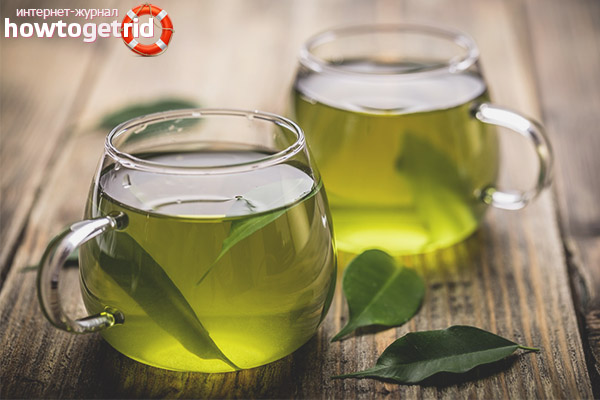
Despite the obvious benefits of consuming green tea, its reception is not shown to everyone, and especially during breastfeeding. What are the negative aspects of the consumption of this drink:
- The most important contraindication is a negative reaction to the components of tea in the child: the children's digestive system does not develop evenly and the maturation of enzymes is rarely subject to a certain order. And, if at the moment the baby reacted to the components of green tea with a diathesis rash, this does not mean at all that in the future he will be allergic to tea. Just at the moment, its enzymatic set is not enough to digest the substances of green tea. So far, its consumption should be delayed and repeated after a few weeks. If the reaction remains persistent, you should consult a pediatrician or pediatric allergist.
- The presence of thein in a green drink, which has a stimulating effect, can excessively invigorate the unstable nervous systems of the baby. He will become restless, it will be difficult to fall asleep, the manifestation of colic may intensify. If these phenomena are systematically observed after the mother takes green tea, then you should think about limiting or stopping his consumption until the baby's adult age.
Does lactation help?
Many mothers mistakenly believe that green tea increases lactation, and begin to consume it intensively, often with milk. This point of view is very erroneous:
- Despite the fact that green tea has a water-retaining property, the drink does not contain substances that stimulate lactation.
- The combination of milk and any tea drink can contribute to the formation of calculi in the renal pelvis, as the rate of crystallization of milk salts and their sedimentation on the walls of the renal pelvis increases.In this regard, if a mother had a history of urolithiasis, this combination will be strictly contraindicated to her.
How to drink green tea to a nursing mother
As can be seen from the materials of the article, there are no significant contraindications to the use of green tea, and, in addition, from a separate point of view it is even indicated for use by a nursing mother. In this regard, well-known Russian proverbs always come to the rescue: "Everything is good, in moderation" and "Try it seven times - cut one," and, therefore, you can drink green tea, but with some precautions:
- Consumption of green tea should not exceed 3 small mugs per day. Milk should not be added, since it does not have any beneficial effect, and, in addition, undergoes serious damage in combination with tea.
- For brewing and consumption, preference should be given to a loose leaf loose version, tea bags should be avoided, since the manufacturing process often uses rejected raw materials left over from real tea, as well as often with the addition of chemicals to preserve the product, which can negatively affect condition of the child.
- Tea should be brewed in ceramic or porcelain dishes, as in plastic teapots the tea loses its taste and can react with plastic.
- For brewing, use filtered water, and to preserve the nutrients in tea, you should brew it with slightly cooled boiling water.
- Brewing technology: first, pour tea with boiling water for half a minute, then this water must be drained and immediately pour tea again, thereby mixing the contents for more useful further infusion.
- The consumption of tea with additives and flavorings is excluded, as they can become a source of allergies in the baby. Also, you should not add excessive amounts of sugar - you can cause inflammation of the pancreas in the baby.
- The consumption of stale tea is excluded, especially if the tea has stood for more than a day.
- Adding additional products to tea, especially jam and honey, should be gradual, it is advisable to do this in the morning in order to timely monitor the development of the pathological reaction in the baby and show it to the doctor.
Green tea is not only a healthy product, but partly necessary for consumption by a future mother. Observing the simple rules of his consumption during breastfeeding, the young mother will receive a lot of positive emotions and reward them with her baby by transmitting his mood through milk.
Video: what can a nursing mother drink

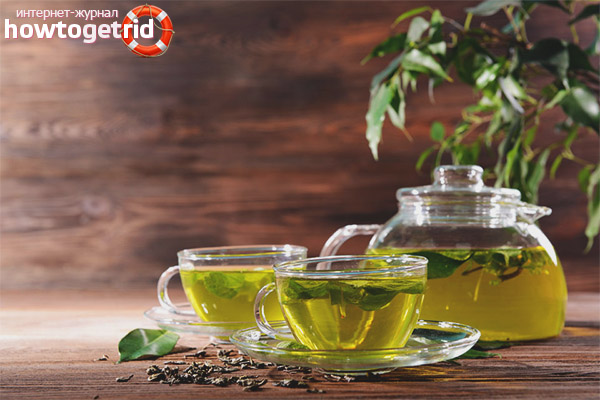

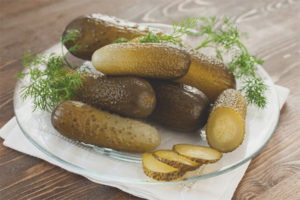
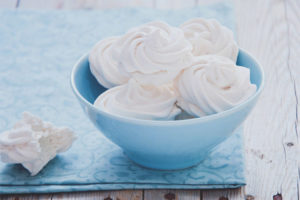
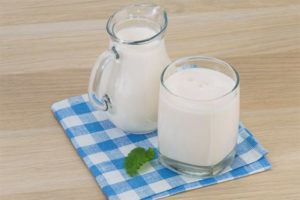

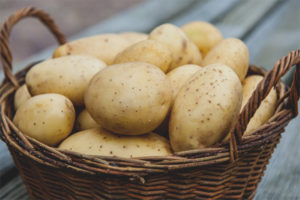


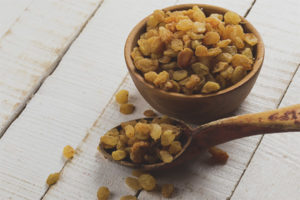
Submit